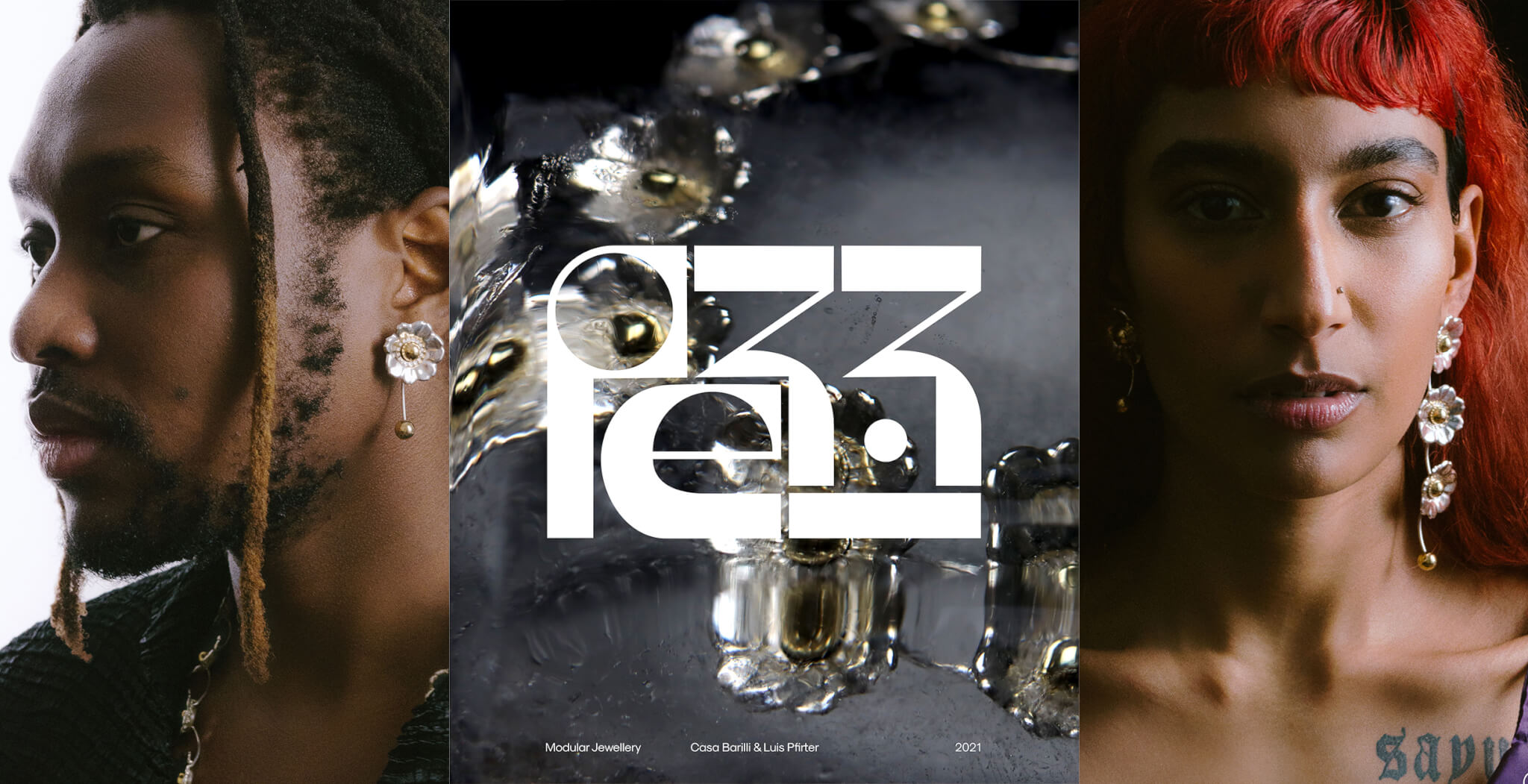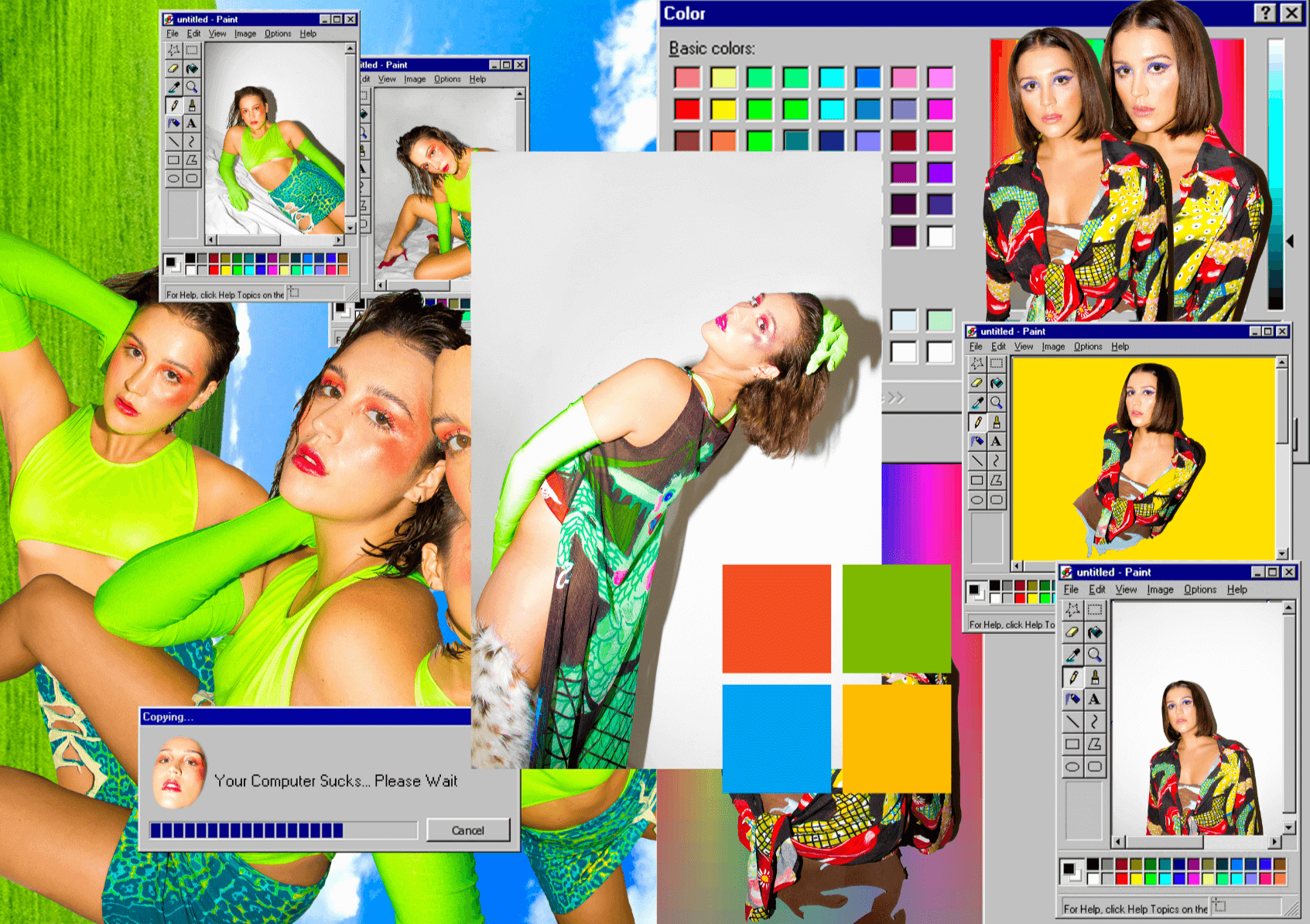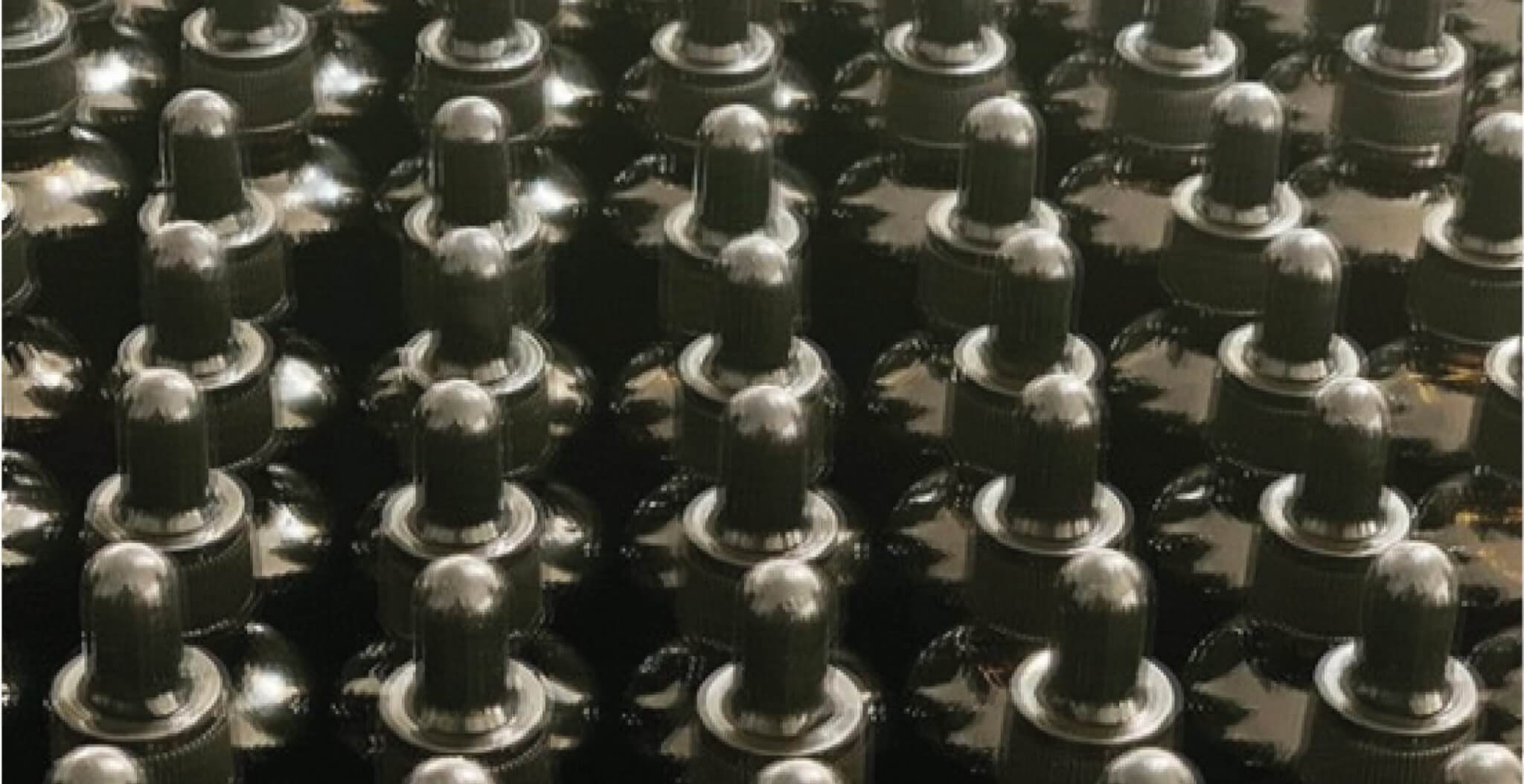A fusion of an innovative, functional mechanism and a floral design, which scores with its simplicity. If you still have Miranda Priestly’s devastating words about floral jewelry in your ears, you should take a closer look at this new interpretation. The jewelry project with the quirky name PEZZI has its base and its production facility in Zurich. Casa Barilli and Luis Pfirter are the founders of PEZZI. While one is in charge of the concept and design processes, the other is responsible for the craft and technical part whereby a piece of jewelry comes out, which could not better meet the current zeitgeist.
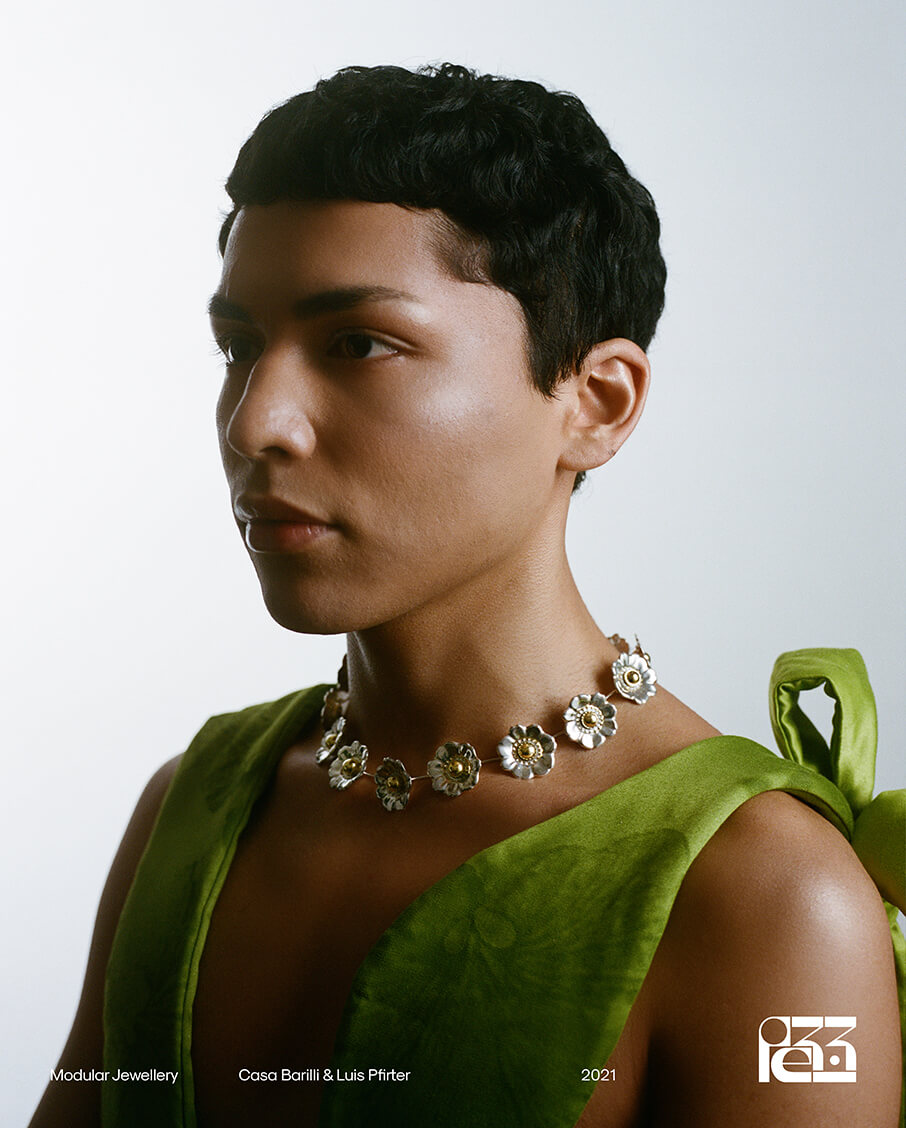
What is PEZZI?
L: PEZZI is a modular jewel.
How did you come up with the name PEZZI?
L: For this project we wanted a title that is short and sweet. Casa Barilli itself as well as this first product released under the name honors Eliah’s heritage. The name is Italian, which we both speak fluently. PEZZI means „pieces “, always implying that even if worn as a single flower there is more to it than just this one piece.
How did the collaboration between Casa Barilli and Luis Pfirter come about?
E: I was working on a project that was reflecting on prestige. Jewelry was an important part of the project. I furthermore wanted to involve different people in the process and work with them. Asking Luis for a collaboration was obvious to me at that moment and resulted in a piece that was quickly strong enough to stand on its own.
L: Eliah approached me last year with some ideas in mind. We have known each other for 10 years now. Ever since we went to school together, we have had continuous insight into each other’s creative work. As Eliah said, joining forces was obvious and in hindsight very fruitful.
What makes your jewelry different from others?
L: What’s remarkable about PEZZI is that it consists of one single piece that gives you a whole collection.
E:The aspect that PEZZI is adaptable and remains so over time is important to me.
Why daisies?
E: We based the original idea on a children’s toy that allows you to build rows and circles from individual colorful plastic flowers.
L: From the beginning it was clear to us that we aimed for something playful. A daisy chain reminds people of spring, maybe of their childhood, of hope. It has a sense of lightheartedness. We knew that even if we altered the floral shape to an extent where it is only symbolic, the playfulness could stay intact through the modularity of the jewel. And yet we ended up choosing quite a truthful depiction of a flower.
I feel like the beauty of flowers is universal. I can barely imagine a person who is completely indifferent to the look of them. They’re so comprehensively beautiful, even impeccable, it’s almost annoying. I guess you could say we were not able to resist.
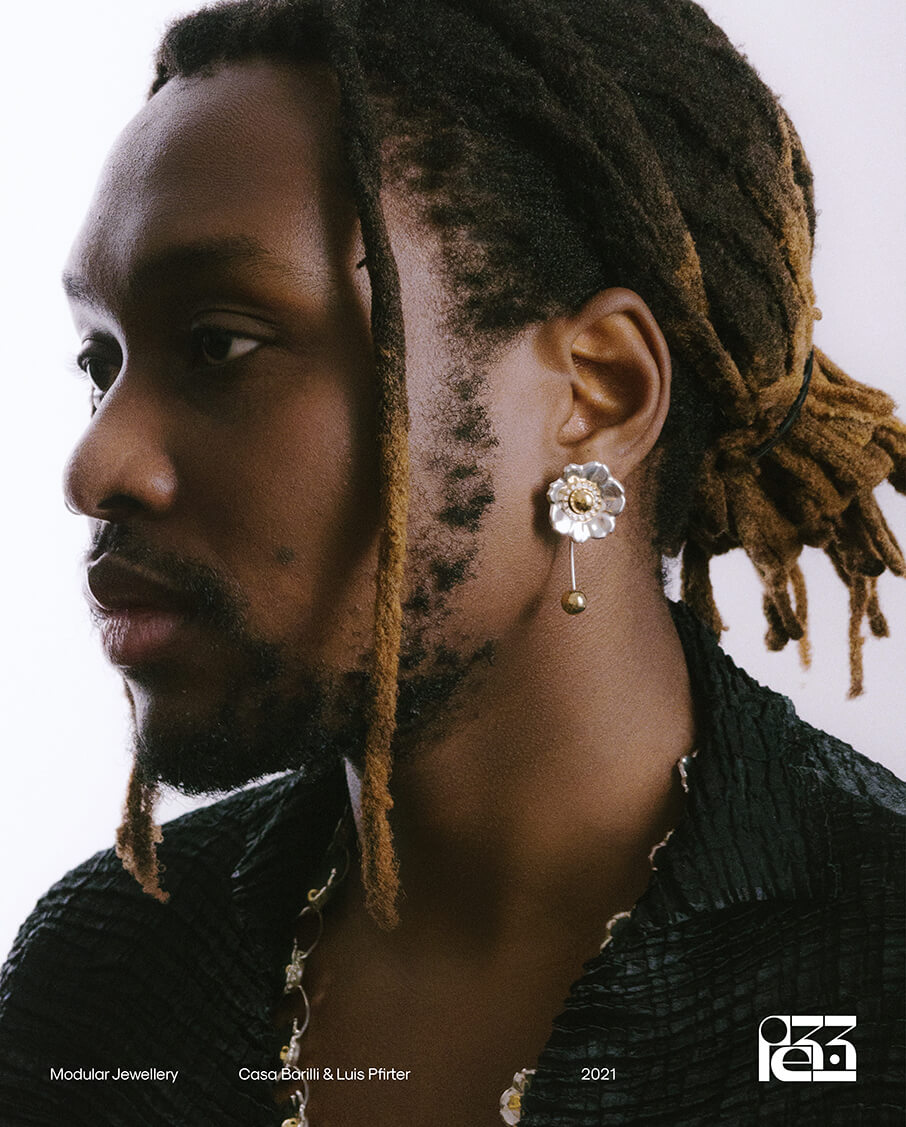
What material are the daisies made of?
Both: PEZZI are made of recycled silver which is partly gold plated. We recycle most of the material ourselves. That way we can guarantee the authenticity of the recycling process.
This is a very important principle to us. The mining and trading of precious metals still go hand in hand with inhumane working conditions and the exploitation of the environment that we refuse to support, besides the fact that there is a lot of unused material within reach.
Metals in general are easy to recycle. You always have the possibility to melt it down and forge something new.
How important is jewelry to you in your personal expression?
E: I have been wearing my sister’s and mother’s old necklaces, which they got from our grandmother, every day for several years. I never take them off. I also own other pieces which I wear often, and I got from my mother or my boyfriend. They remind me of them. For me it is something very personal and I like the idea of passing something on to the next generation.
L: In the end personal expression brings forward what is important to you. In jewelry we find a lot of worth. On one hand you have the materials that traditionally are very valuable and last a long time. On the other hand, you have the emotional worth which can be even more important. This to me makes jewelry the epitome of personal expression through material things.
What is your goal with PEZZI?
E: I was already experimenting with modular systems in clothing. Together with Luis, I wanted to transfer this approach to jewelry as well.
L: If I’m being totally honest, I think we just wanted to create something we both really like.
Your pieces are all freely combinable, what does flexibility mean to you?
E: Going with the times, I think it’s important to stay fluid and open to change. Not only personally, but also applied to design.
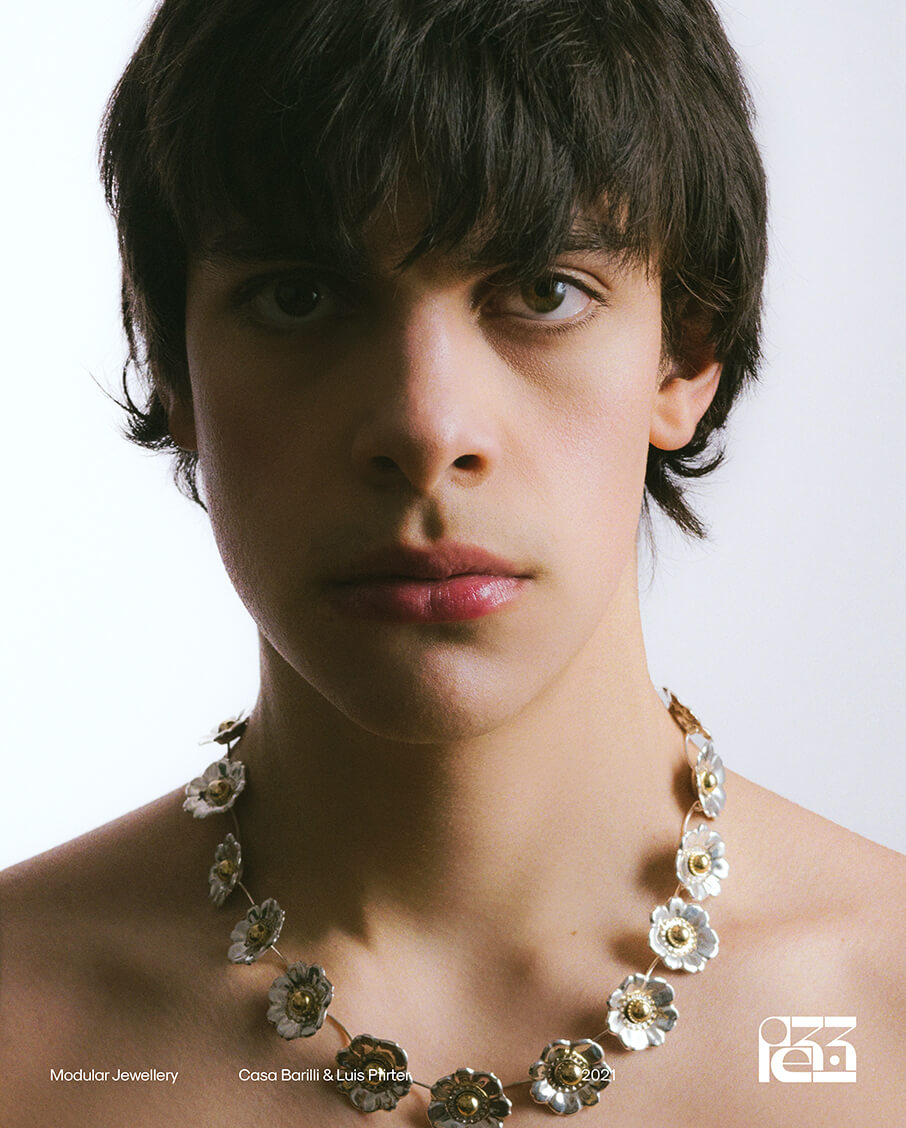
You (Casa Barilli) work very conceptually, while Luis is more the craftsman. To what extent is this an advantage and what difficulties has this already brought about?
Eliah: Coming from different fields our focus naturally lies on individual aspects. It’s a great way to share skills but also to dig deeper into the topic. This way we were able to better cover and elaborate various aspects, giving it more depth. As a consequence, the individual ideas also tend to differ. When collaborating it is obviously important to be open to compromise.
To what extent does jewelry determine gender stereotypes and how do you try to break with them?
Luis: In recent western history jewelry has been an effective tool when it comes to the reinforcement of the two binary gender roles. The strongest stereotypes are that women use jewelry to enhance their beauty while men use it to showcase power and wealth. And these stereotypes still have a vast impact on the perception of adornment. How far jewels really define the difference between men and women however is a question of context.
The jewelry theorist Marjan Unger put it this way: “Period- and place-specific ideas about social relationships and economic status dictate whether a particular jewel is regarded as typically male or typically female. In the West, the differences between men and women with regard to the wearing of jewelry have been greatly exaggerated, especially during the last two centuries.”
In my surroundings I see two sides: Working for a jeweler in a very wealthy western country I notice everyday how strong these two gender roles still are in our line of business. Cis-gender male identifying customers barely wear anything other than a wedding or a signet ring and maybe cufflinks.
On the other hand, I see my friends, our generation and the one succeeding breaking down these boundaries and detaching jewelry from gender norms. Luckily if the stereotypes are so strongly supported by jewels, it also makes jewelry an easy tool to shake them up.
E: I would say that we were much more interested in designing a product than targeting a specific section of people. That was always the focus. But of course, in the end, we live in a binary system, even if it doesn’t represent our values. I think we’re countering that by leaving it behind, looking into a future past binary gender.
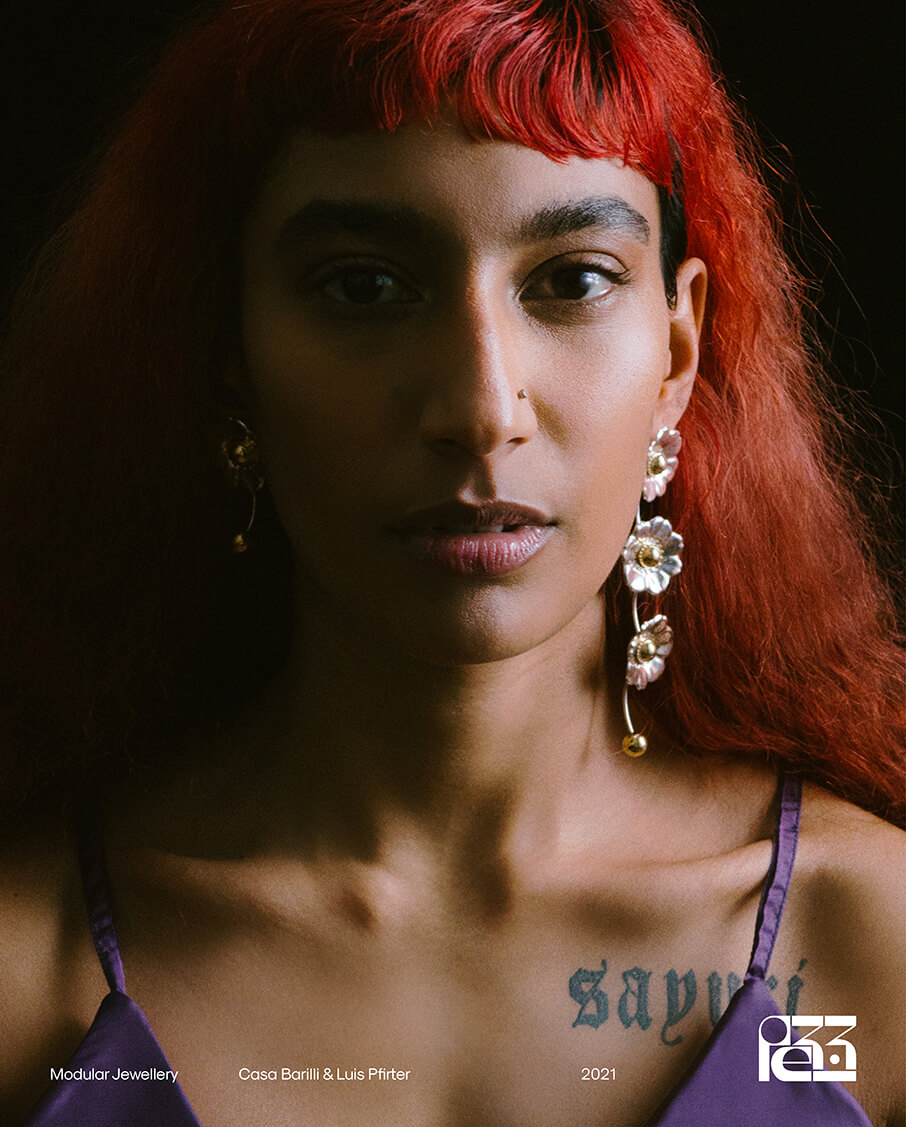
Do you think wearing jewelry has changed through social media, if so, how?
E: Selfies are an essential part of social media. If you put the face in the center, you automatically put what is on and around the face more in focus and therefore the attention falls much more on jewelry than on a full body look. I think wearing jewelry has also become more accessible because a lot more people have the opportunity to promote themselves when we think about platforms like Instagram. There are a lot of people who can sell their jewelry through that, and I think that’s great! In a way, craftsmanship gets more appreciation again, without being tied to big companies.
Do you plan to experiment further with PEZZI? What are you planning to do?
E: Personally, I would love to expand the modular system with different colors and materials and maybe create more possibilities on how to wear them.
Not only to enlarge the variety of pieces but to make it more accessible for a wider range of people also over a longer period since that is a key element of PEZZI.
L: I think the options are countless and we are both excited to dig in soon.
CREDITS
TEXT
Julius Rueckert @juliusrueckert
PEZZI
Concept/ Design: Eliah Maag @casabarilli
Production/ Design: Luis Pfirter @luispfirter
PICTURES
Creative Direction, Casting, Styling: Eliah Maag @casabarilli
Photography, Casting: Agustín Farias @agustinfar
Hair & Make-Up: Perra Inmunda @perra_inmunda
Graphic design: Fred Heinsohn @fredheinsohn
Models: @sayuri5g @pelegosto @marielyynn








